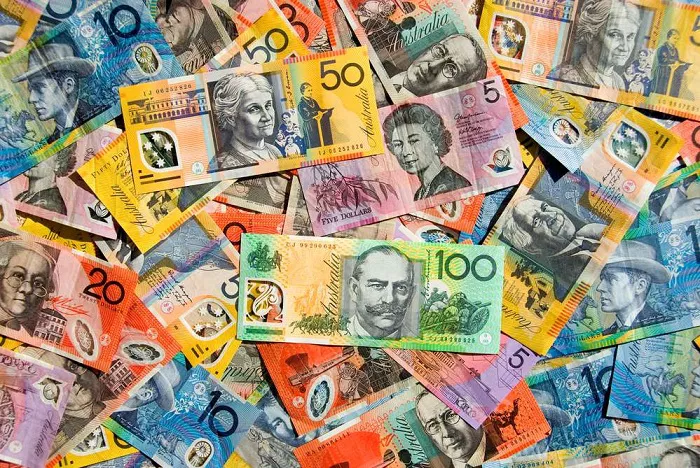The Australian dollar (AUD) has cemented its status as a major global currency, ranking sixth in global foreign exchange (FX) turnover, according to the Bank for International Settlements. The AUD accounted for 6.4 per cent of total global FX trades, following the US dollar, euro, yen, British pound, and Chinese renminbi.
Several key factors contribute to the Australian dollar’s popularity among global investors and market participants. Australia’s open and stable financial markets, strong commodity exports, and strategic location between global time zones support the AUD’s high trading volume.
Data from October 2024 shows that Australia’s FX market recorded an average daily turnover of USD175.3 billion in over-the-counter instruments. This reflects both strong trading activity and investor confidence in AUD-denominated assets.
The country’s open capital account and well-developed financial system allow free movement of capital. This has made Australian government bonds and real assets attractive to foreign investors, contributing further to the AUD’s prominence in international currency markets.
Australia’s time zone also plays a crucial role, bridging North American and European markets. During Asian trading hours, the AUD is among the most liquid currencies, often used as a benchmark in the Asia-Pacific region.
The AUD is a preferred currency for foreign currency reserves and investment portfolios. Central banks and institutional investors value it for portfolio diversification, offering exposure to commodities and the Asia-Pacific region without the geopolitical risks of emerging markets.
According to the International Monetary Fund’s COFER data, the AUD makes up about 2 per cent of global foreign currency reserves — a notable figure for a country of Australia’s size.
Confidence in the AUD is reinforced by the Reserve Bank of Australia’s (RBA) policy approach. The central bank rarely intervenes in currency markets and operates under a transparent inflation-targeting framework, fostering credibility and predictability. This stability helps investors manage risks more effectively.
Sophisticated risk management tools — such as futures, options, swaps, and forwards — are widely available in Australia’s derivatives market, making the AUD an appealing choice for both hedging and speculative purposes.
Australia’s strong legal system, regulatory transparency, and high ranking in ease of doing business further support demand for its currency. These factors reduce sovereign risk and boost investor trust compared to currencies from economies with similar size but weaker institutions.
Beyond structural strengths, market dynamics also support the AUD. As a commodity-linked currency, its value closely reflects movements in key exports such as iron ore, coal, and liquefied natural gas — with China a major destination for these goods. In 2023-24, Australia’s total exports reached AUD659.4 billion, with China accounting for 32 per cent.
Movements in the AUD/USD exchange rate reflect this dynamic. In 2025, the rate has fluctuated between 0.59 and 0.65 — a historically low range. While a weaker AUD supports export competitiveness and attracts inbound tourism, it also raises the cost of overseas travel for Australians.
In summary, the Australian dollar’s global appeal lies in a combination of strong economic fundamentals, deep market infrastructure, and its role as a stable, commodity-linked currency offering access to the Asia-Pacific region.


